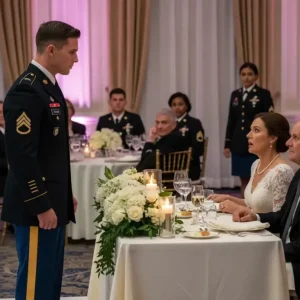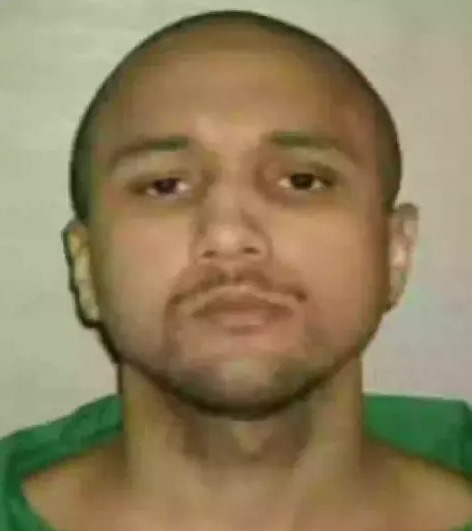In a rare and highly publicized case, South Carolina death row inmate Mikal Mahdi has chosen to conclude his sentence by firing squad—a method that has been employed on only four inmates in the past 50 years. Mahdi, who received the death penalty for the murders of a police officer and a convenience store clerk, has recently made headlines by selecting this unconventional execution method. His decision, along with his ongoing appeals and the broader context of his crimes, has ignited discussion among legal experts, human rights advocates, and the general public about the evolving nature of capital punishment in the United States.
This article provides an in-depth look at the background of Mikal Mahdi’s case, the circumstances surrounding his crimes, the legal process that has led him to this point, and the implications of his decision to opt for execution by firing squad. By examining the details of his criminal history and the methods of execution available in South Carolina, we aim to offer a comprehensive analysis of this controversial case and its broader significance in the ongoing debate over the death penalty.
Background of the Case
Mikal Mahdi, now 41 years old, was convicted for the brutal killing of two individuals when he was just 21. His criminal actions began in July 2004 in Winston-Salem, North Carolina, when he committed a robbery that resulted in the death of 29-year-old convenience store clerk Christopher Jason Boggs. This incident marked the beginning of a killing spree that would soon escalate.
Only two days later, Mahdi carjacked a victim in Columbia, South Carolina, before driving to a farm in Calhoun County. It was on this fateful day that he encountered 56-year-old off-duty police officer James Myers. In a calculated and heinous act, Mahdi fired as many as eight shots at Myers, including two aimed at his head. After the shooting, Mahdi attempted to further desecrate his victim by dousing the body in diesel fuel and setting it on fire. Officer Myers, who had only recently returned from a birthday celebration with his family, was later discovered by his grieving wife in a shed—a setting that held sentimental value, having been the backdrop for their wedding just 15 months earlier.
The shocking nature of these crimes, combined with Mahdi’s young age at the time, sent shockwaves through the communities of both North and South Carolina. The brutality of the murders, particularly the cold and calculated manner in which the killings were carried out, ensured that Mahdi’s case would become one of the most closely followed capital punishment cases in the region.
Legal Proceedings and Sentence
Following his arrest, Mahdi was tried and ultimately convicted for the murders. As a result of his conviction, he was sentenced to death. However, the legal process did not end with the imposition of the death penalty. Mahdi was granted one additional chance to appeal his sentence, a right afforded to death row inmates as part of the judicial process in capital cases.
Despite his ongoing appeals, Mahdi’s execution is scheduled to proceed on April 11 at Columbia’s Broad River Correctional Institution—should his legal challenges be exhausted or unsuccessful. In the final moments before his scheduled execution, Mahdi has the opportunity to seek clemency from South Carolina’s Republican Governor Henry McMaster. This potential intervention could see his sentence reduced to life imprisonment without parole. Yet, according to reports from CNN, no governor in South Carolina has granted clemency in any of the 47 executions conducted in the state since capital punishment was reinstated in 1976.
The legal framework surrounding capital punishment in South Carolina has long been a subject of intense scrutiny and debate. Mahdi’s case is particularly notable not only for the heinous nature of his crimes but also for his decision regarding the method of his execution—a decision that is set against a backdrop of longstanding controversy over how states should carry out the death penalty.









